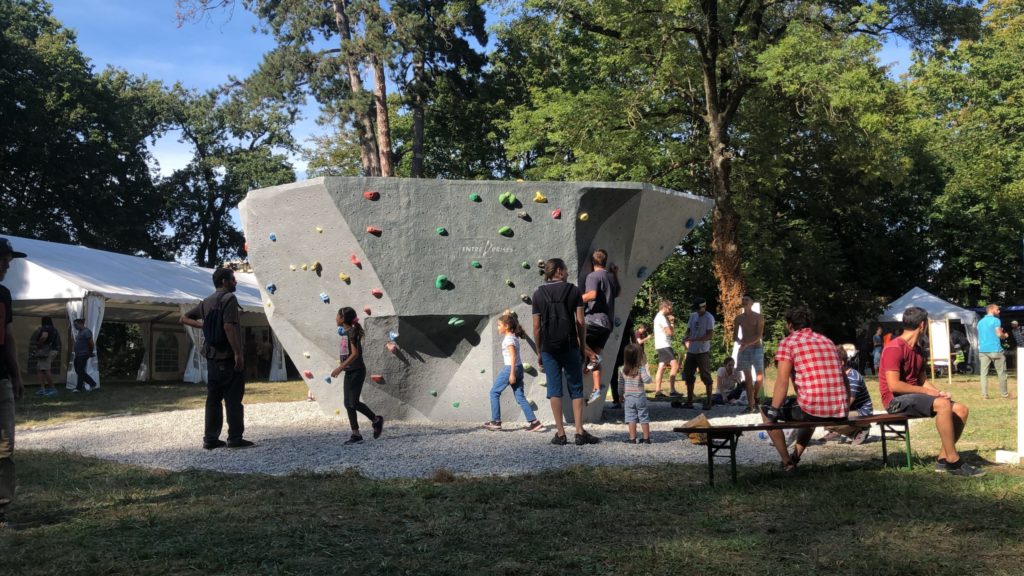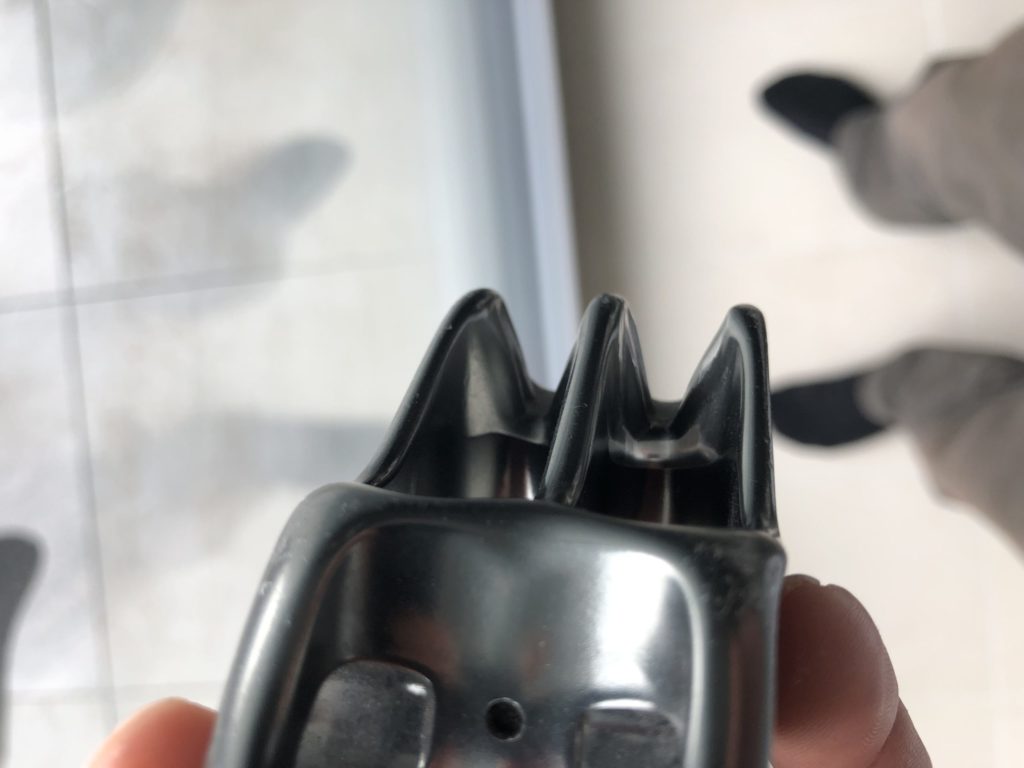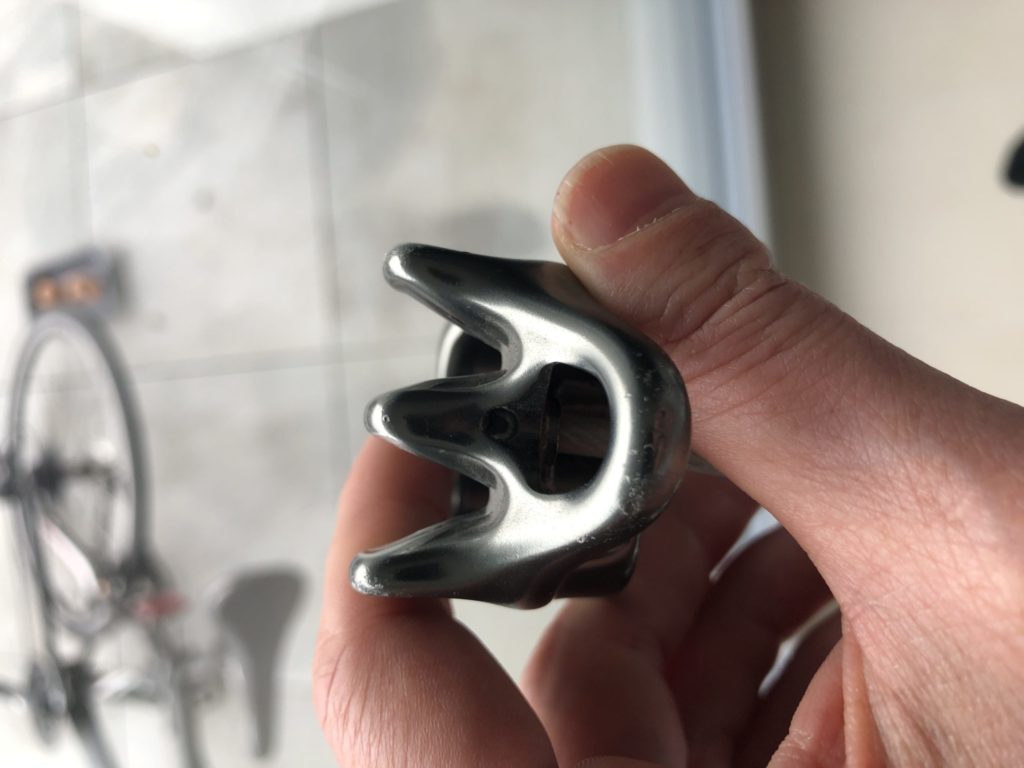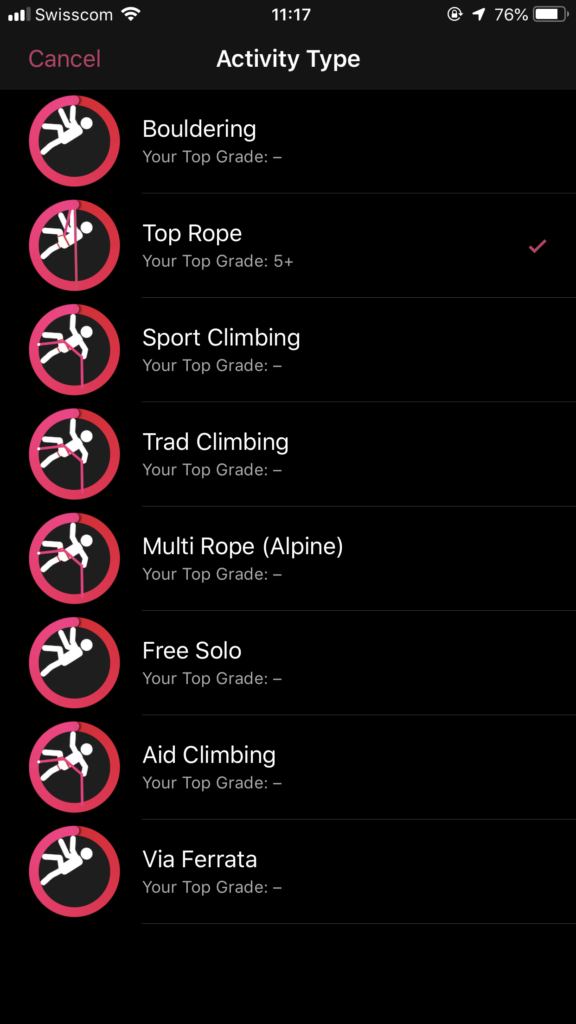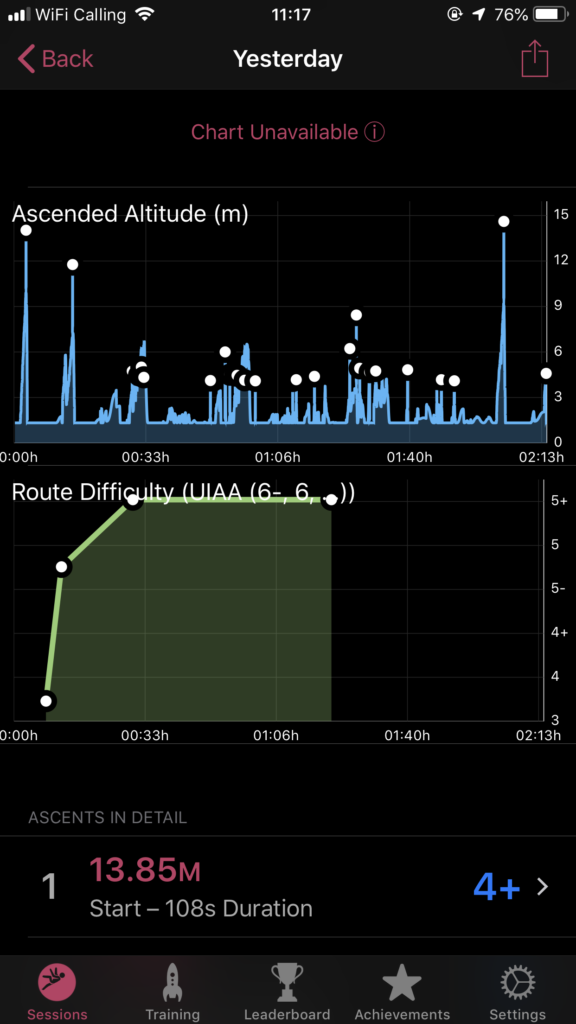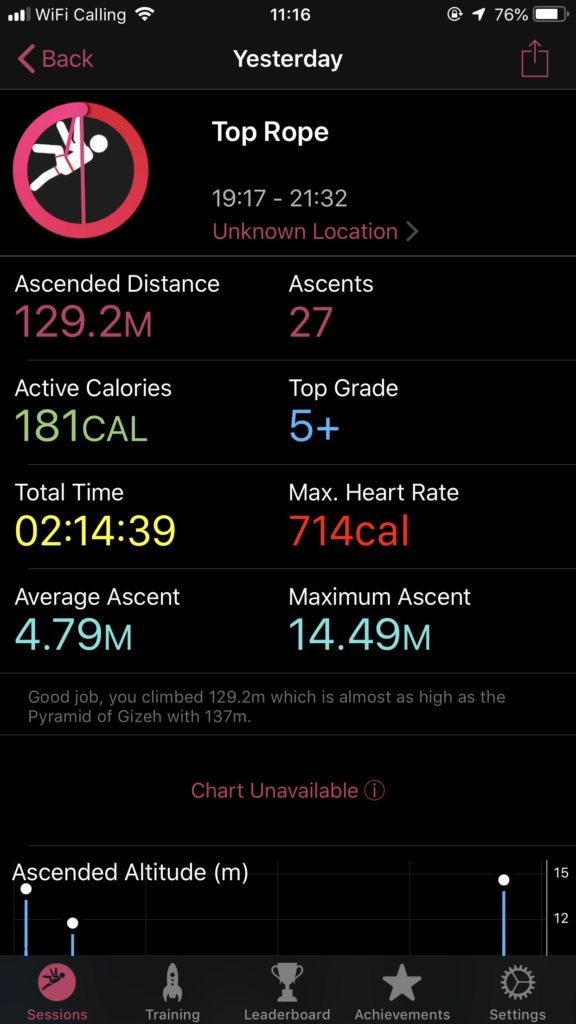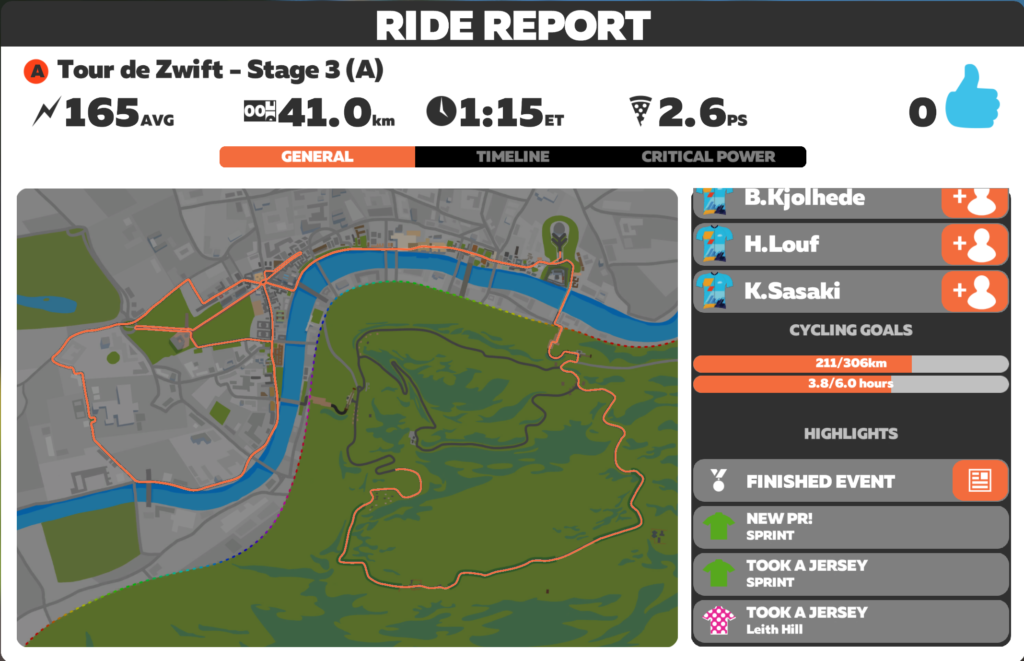Fitness Centres and the Corona Virus
I have been thinking of climbing gyms, in other words of fitness centres and the Corona Virus. A few years ago I went to a gym where we wiped down every machine after use. We would get a paper towel, spray it with liquid and clean all the surfaces we touched. This includes exercise bikes, weight lifting equipment, elliptical machines and rowing machines. We also placed a towel so that our body was never in contact with surfaces directly.
When we go to climbing gyms we always end up with hands smelling of the objects we have touched. After a session at a climbing gym, I enjoy washing my hands because the water turns dark with the dirt that my hands collected.
Climbing.com wrote an article about whether climbing gyms pose a threat. There is not enough data to provide a reliable answer yet. From a logical standpoint, the answer is clear. If we should avoid shaking hands, or having any physical contact if we should stay at least one meter from other people, then climbing is an activity to avoid. We touch the same handholds, we share ropes and we share belay devices.
During the health crisis, I believe that climbing outdoors would make more sense because UV light kills bacteria and viruses. At outdoor climbing locations, there are fewer people so exposure to virus carriers is smaller.
Health Magazine and The New York Times both explore the topic of fitness centres and the risk of transmission. “In addition to avoiding frequently handled machines and equipment, it’s recommended, as always, that you wash your hands often and don’t touch your face.” This is from the New York times article. Health wrote “Any place where large numbers of people congregate at any one time over a period of time, allows them to shed their microorganisms or germs on various places,”
I currently have neither a normal gym, nor climbing gym membership. I would favour normal gyms over climbing gyms. I can clean the machines before and after I use them minimising the risk of exposure. This is already a normal part of my gym routine so there would be no change. According to the Irish Times swimming pools are also safe due to Chlorine in the water.
Disclaimer: For further information refer to the articles I have linked to. I am not a health professional.

